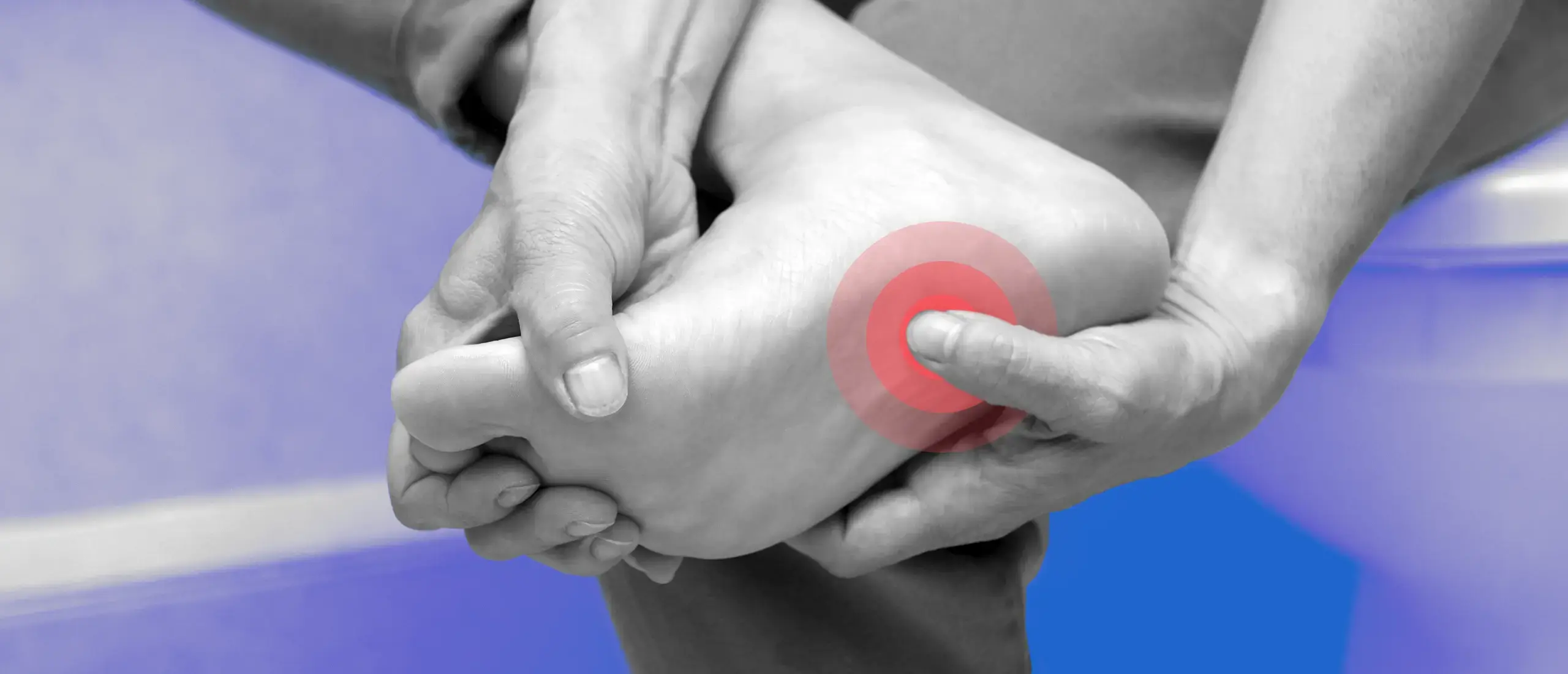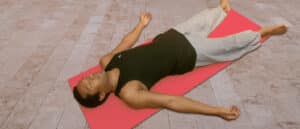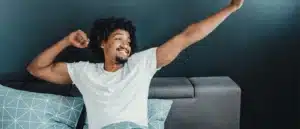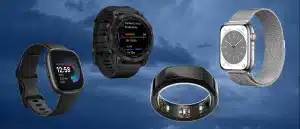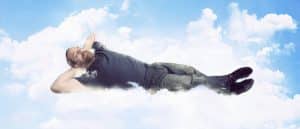Pressure Points for Sleep To Knock You Out—In a Good Way
- By Rebekah Harding
- April 17, 2024
30-Second Takeaway
- Acupressure is a form of alternative medicine rooted in traditional Chinese medicine. It involves pressing on specific points in the body (acupoints) to coax relaxation and invite better sleep.
- Acupoints on your neck and feet may support sleep, according to acupuncturists.
- Unlike acupuncture—which should only be done by a pro—you can stimulate acupoints at home with simple acupressure.
W
hat if we told you there’s a connection between Beatrix Kiddo’s legendary five-point-palm exploding heart technique in Kill Bill: Volume 2 and better Zs? That move takes a cinematic spin on a real ancient practice: Acupressure, a therapy that involves applying pressure to specific points to promote healing and wellness.
Research shows that using pressure points for sleep can promote relaxation, reduce stress, and improve insomnia (1, 2)—good news for the 30 percent of adults in the U.S. who have insomnia (3).
Two leading acupuncturists explain the most common pressure points for sleep, plus how you can do acupressure on yourself to get more quality shuteye.
About the Experts:
Autumn Bear M.S., L.Ac., is a licensed acupuncturist and certified by the National Certification Commission for Acupuncture and Oriental Medicine (NCCAOM).
Tsao-Lin Moy, L.Ac., is a licensed acupuncturist and the founder of Integrative Healing Arts, an acupuncture and alternative medicine clinic.
What Is Acupressure?
Acupressure is like acupuncture but without the needles, says acupuncturist Autumn Bear, L.Ac. Both practices are rooted in traditional Chinese medicine (TCM) and target specific areas on the body that can help bring relief to other areas of the body (4). Acupressure involves applying pressure to a specific spot on your body—using your fingers, a massage tool, or even an acupressure mat—to alter the flow of energy, known in TCM as Qi, to the parts of your body that need healing (5). Plus, modern scientists have found that applying pressure to certain nerves may reduce pain and lower cortisol (6).
“There are 365 acupoints on the body,” Bear explains. Some are found on both sides of your body. For example, an acupoint on your left foot can also be found on the right.
“The points are thought to connect to different organs and have specific jobs in helping the body heal,” she continues.
Unlike acupuncture (in which a trained practitioner places small needles into these points), acupressure can be done safely on yourself, at-home. (Although, you can also receive acupressure from a professional.)
To get the most of our your acupressure practice, Bear and acupuncturist Tsao-Lin Moy, L.Ac recommend these tips:
- Apply deep—but not painful—pressure to the acupoint on both sides of your body for about 30 seconds at a time, focusing on one point at a time.
- While you apply pressure, make small circular movements with your finger or acupressure tool.
- If you can’t reach an acupoint on your body, ask someone to apply pressure there for you.
And not all acupoints can lull you into a deep sleep. Below, Moy explains four different pressure points for sleep and how to locate them on your body.
How Does Acupressure Help with Sleep?
While research is limited, a few small studies suggest the practice could help you shake insomnia.
For example, one study found that postmenopausal women who did four weeks of acupressure every night fell asleep faster and reported better sleep quality (7).
Another study that primarily consisted of folks with cancer revealed that 60 percent of participants experienced improved sleep after just ten days of nightly acupressure treatment (8).
Pressure Points for Sleep
Kidney 1
This pressure point is also called “bubbling spring” or “Yong Quan” and is located in the depression on the sole of your foot, Moy explains. This indentation is made more obvious if you curl your toes inward.
In one study, ICU patients’ struggling with insomnia reported better sleep quality after having acupressure done on Kidney 1 and two other acupoints (9).
Moy says she thinks this point is especially helpful for those who experience insomnia that’s caused by anxiety and overthinking. She advises massaging the acupoint gently before pressing down into it, as it’s a tender area.
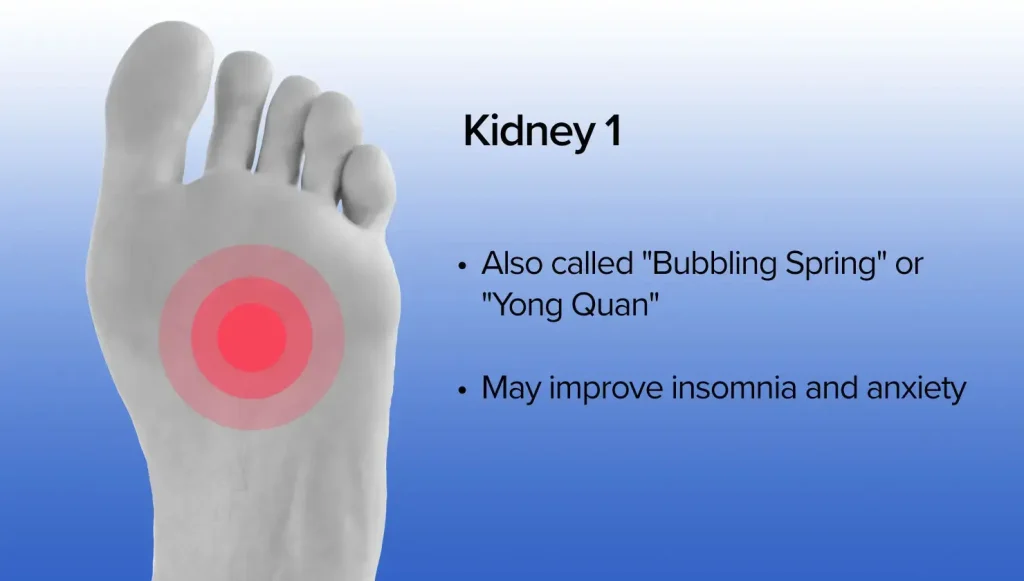
Shi Mian
Also called “lost sleep,” this acupoint is used to alleviate insomnia.
A small 2005 study found that routinely stimulating the Shi Mian acupoint may help resolve refractory insomnia, or insomnia that hasn’t resolved after trying at least three conventional treatments, such as cognitive therapy or prescription sleeping aids (10).
“The Shi Mian acupoint is located directly in the center of the heel on the bottom of the foot,” Moy notes. This particular point can take a little more pressure than other, more sensitive points (like Kidney 1).
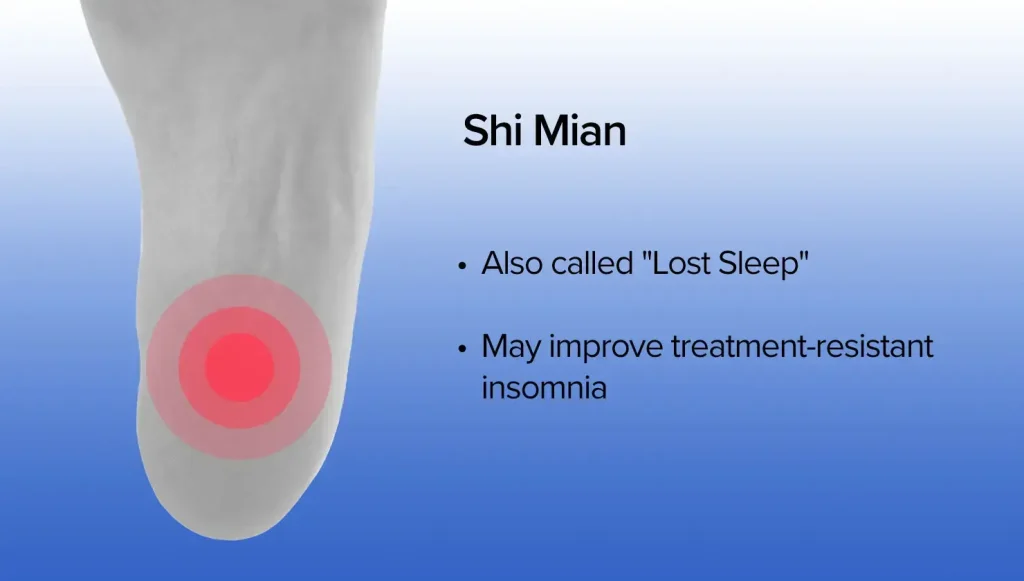
Liver 3
If stress keeps you up at night, Liver 3 (or the “great surge”) may calm your irritability, anger, or frustration.
Liver 3 is located on the top of your foot, about an inch below the webbing between your big and second toes, says Moy. To stimulate this point, give it a squeeze by placing your pointer finger under the foot and driving your thumb down directly on top of the acupoint.
A 2016 study on women being treated for breast cancer found that daily, self-administered acupressure to Liver 3 (as well as An Mian, which we’ll dive into below) reported better sleep quality after just six weeks (11).
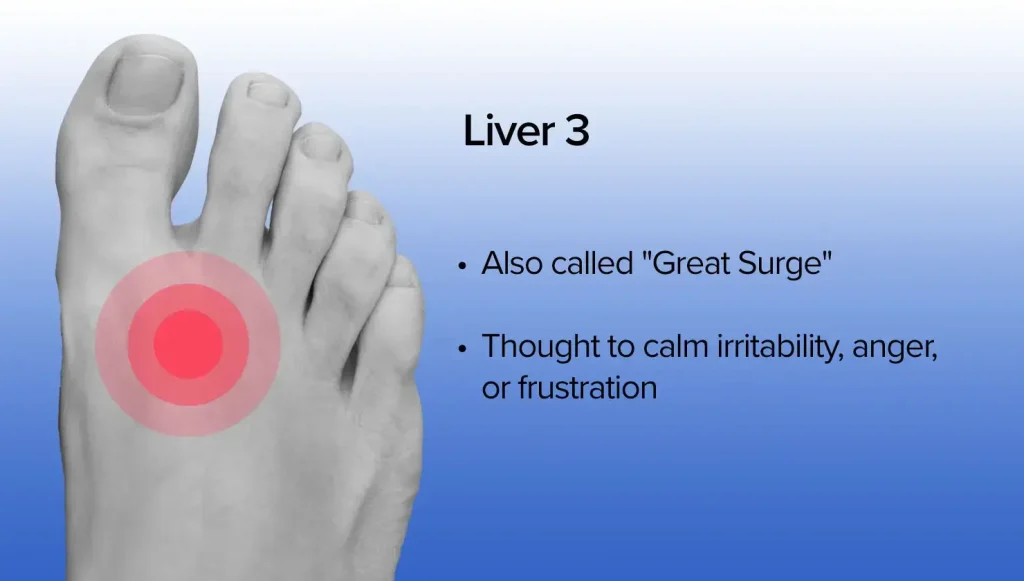
An Mian
An Mian, or “peaceful sleep,” is located along the base of your skull, right where the muscles in your neck attach. A small 2013 study on acupoints for treating depression suggests An Mian may help with insomnia. For context, depression and insomnia are closely linked, with over 90 percent of people with clinical depression also reporting sleep troubles (12).
To find An Mian, use your index and middle fingers to trace along the edge of your occipital bone (the trapezoid shaped bone at the base of your skull).
“There will be a little depression, just before feeling the edge of the upper trapezius (the back of your neck, near your ear),” Moy notes. “Slightly tilt your head back. Then gently press and make little circles.”

Is Acupressure for Sleep Risky?
“There is really no risk to using acupressure to improve sleep,” Moy says. It’s a great bedtime ritual to add to your sleep hygiene checklist.
Be aware of how hard you’re pressing down into an acupoint. According to Moy, more pressure isn’t better.
“Oftentimes people mistake the tender feeling during a massage with needing to go hard, but making something painful can lead to bruising,” Moy says. “If you are on the ‘right’ point location, it will feel a little sensitive or tender.” It’s OK to apply steady and gradual pressure, and you may be able to increase it on more muscular areas of your body.
“But pressing too hard and causing pain is not the goal,” Moy says.
When to see a doctor for sleep problems
While acupressure can be a great, low-risk method to try, see a doctor if sleep issues persist.
If you’re frequently having trouble falling or staying asleep or are consistently tired during the day, it could be a sign that you have an underlying condition that requires medication or other treatment.
References
1. Aleksandra, et al (2017). Does Acupressure Hit the Mark? A Three-Arm Randomized Placebo-Controlled Trial of Acupressure for Pain and Anxiety Relief in Athletes With Acute Musculoskeletal Sports Injuries.
2. Cao, et al (2009). Acupuncture for Treatment of Insomnia: A Systematic Review of Randomized Controlled Trials.
3. National Council on Aging (2024). Sleep Statistics and Facts.
4. Oleson (2014). Acupuncture Point.
5. Yang, et al (2021). Acupressure: An Effective and Feasible Alternative Treatment for Anxiety During the COVID-19 Pandemic.
6. Mehta, et al (2017). Contemporary acupressure therapy: Adroit cure for painless recovery of therapeutic ailments.
7. Yen-Ying, et al (2011). The relationship of subjective sleep quality and cardiac autonomic nervous system in postmenopausal women with insomnia under auricular acupressure.
8. Galbiati, et al (2009). Efficacy of HT 7 point acupressure stimulation in the treatment of insomnia in cancer patients and in patients suffering from disorders other than cancer.
9. Chen, et al (2012). The effectiveness of valerian acupressure on the sleep of ICU patients: A randomized clinical trial.
10. Lin (2005). Observation on therapeutic effect of acupuncture at points Daling (PC 7) and “Shimian” in 48 cases of refractory insomnia
11. Zick, et al (2016). Investigation of 2 Types of Self-administered Acupressure for Persistent Cancer-Related Fatigue in Breast Cancer Survivors.
12. Khurshid (2018). Comorbid Insomnia and Psychiatric Disorders.



